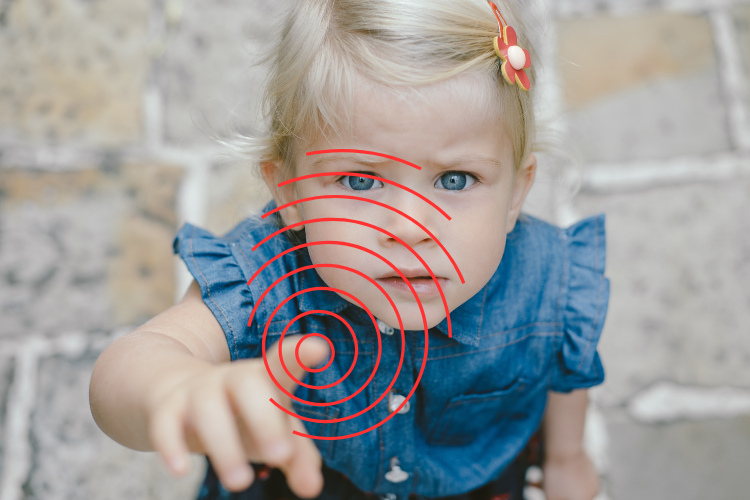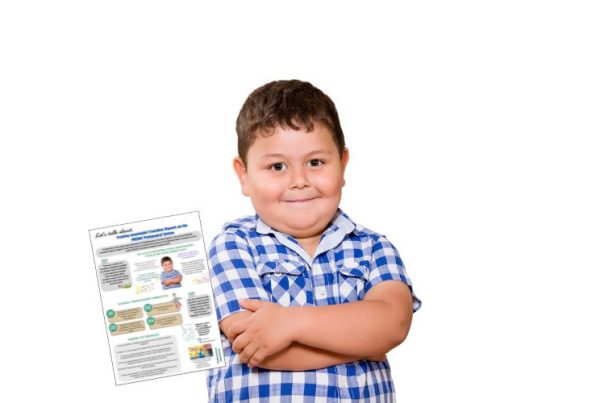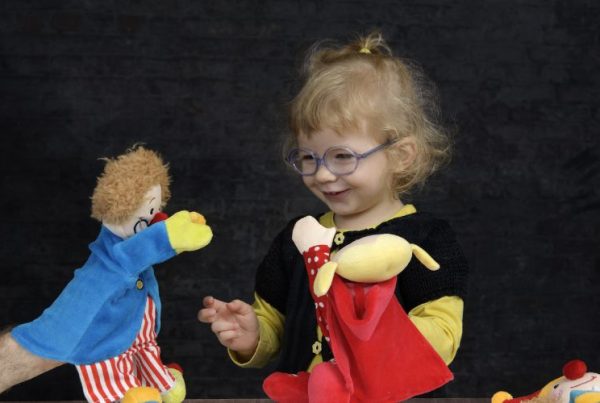How often do we teach children not to talk to strangers – whilst offering up their images to strangers every day on publicly accessible social media platforms.
In their early teens we will teach them about not sharing intimate images of themselves – despite consistently sharing a barrage of images publicly – sometimes since they were babies.
Are we playing an unwitting role in developing children’s digital footprint by using child photos and videos on open, public platforms? Although early childhood settings secure parental permission to use child images, many parents may be unaware of the potential consequences of signing these declarations.
This article aims to provoke thought and reflection for early childhood providers who currently share images of children on publicly accessible platforms. It highlights how sharing information about children on social media may potentially harm a child, as well as raising questions from a child safeguarding standpoint.
An important platform for business
It is difficult to run a business in a competitive landscape and it is natural to want to showcase what you do. But the proof of the wonderful work that early childhood care and education settings undertake with children does not have to be validated by sharing child images. Information sharing with parents and family is central to good early childhood practice, however this needs to be done in a way that safeguards the child’s privacy in so far as possible.
Let’s think about every image that we share of a child, as an open invitation from the child to the public and the potential consequences of this behaviour:
- ‘Feel free to use my image’..
When a picture of a child is posted on a public platform, the image is no longer exclusively yours – or more importantly the child’s. Terms and conditions of these platforms often state that the moment an image is uploaded onto their server, they are free to use it in any way they see fit without consent.
- ‘You can invade my privacy’..
Openly sharing images and videos on social media can make children feel like they don’t have ownership over their own bodies or image. Children don’t really have the opportunity to disagree with adults when they post images publicly. We are actively sending a message to children that privacy is not a concern and that their image is public property.
- ‘You can find me here’..
Pictures contain much more than an image. They also contain metadata connected with the picture. An average digital perpetrator may very easily use this to locate a child or family member, where they live and go to school. This is especially dangerous for families who are trying to manage custody disputes, avoid child abduction by an estranged parent or family member or escape domestic violence situations.
- ‘Steal my identity if you wish’..
A picture of a child with their birthday cake in pre-school can look super cute. The picture reveals a name, date of birth and location. Then, in just a few clicks, a digital perpetrator may discover the parents’ personal information. Combine all that with data breaches and social security numbers readily available on the Dark web, and you have a quick and easy recipe for identity theft – with hackers possibly obtaining credit in the child´s name. According to banking leader Barclays, risks stemming from posting children’s pictures online will account for two-thirds of identity fraud (7.4.million incidents per year) and financial scams facing young people by 2030 and will cost £667m. https://www.bbc.com/news/education-44153754 ‘Sharenting’ Puts Young at Risk of Online Fraud.
- ‘I didn’t opt in’..
Unlike adults, children may not have been given the choice to opt in, or are not mature enough to understand the potential consequences of sharing images publicly.
In France, under French privacy law, anyone convicted of publishing and distributing images of another person without their consent can face up to one year in prison and a fine equivalent to more than €50,000. Similar laws are in place in Italy.
- ‘I’m being bullied’..
Even deleted posts, while apparently gone from a social media profile, could be revealed by Google search algorithms for years to come. In the future, others may be able to use information to make fun of, insult, and even bully a child.
- ‘Why is my image on the dark web’..
Photos and videos of children shared on social media sometimes turn up on disturbing websites and forums, some of them dedicated to child pornography.
This isn’t as uncommon as you might think. According to an Australian Children’s eSafety Commissioner, one site offered at least 45 million images, half of which were photos of children taken from social media accounts. The photos were of everyday family activities but were accompanied by inappropriate comments.
Safeguarding children is everyone’s business
We need a much greater commitment to work together to safeguard children’s privacy. In a digital world, it is near impossible to prevent all negative occurrences. But we can commit to do the best we can. This will not weaken your early childhood business – it will strengthen it by demonstrating to parents that you take child safeguarding seriously and is part of your professional ethos.
Use social media platforms to showcase your business – showcase your environment, your equipment, your curriculum plan, your healthy eating menu, the strengths of your educator team. Make your business stand apart by telling parents about your private documentation and communication system. If you do use some images, blur out or cover the child’s face and any identifying features prior to posting publicly.
Living in a digital world
It is undeniable that children born today will have the biggest digital footprint in history. In a digital world, this is part of progress and has many, many advantages. But for those working with our youngest children, it is imperative to ensure that information sharing behaviours are as good as they can be to safeguard children. Realising that children will inherit the consequences of our online behaviour is a sobering thought.
As Data collection and facial recognition software continues to improve, the potential issues facing children whose lives have been shared with the world may be limitless and unforeseeable. All parties involved in the creation of a child’s digital footprint, especially the child’s parents, guardians, and educators, must be aware of the consequences of oversharing on public platforms accessible to all.
If you are a parent and unhappy with your child’s image being posted on a public page, speak with your early childhood service provider and review your photography and recording device permission form. They will respect your wishes.
If you are an early childhood provider, please use this blog to help you and your team review and make changes to your practice if necessary.
If you are a member of our growing TribeMOSAIC, congratulations, you have already taken this important step!
Additional information: MOSAIC Educator www.mosaicearlyed.com is an inclusive, secure, child documentation system on a cloud-based app designed for use in early childhood services. The design of MOSAIC puts child safeguarding and child voice at its core. This includes password protected classrooms, parent authentication and secure storage compliance. In addition, the unique design of MOSAIC using an individual storybook for each child, means photos, videos and information is only accessible to the registered parent/family members outside the early childhood service. Parents can download all information to a personal device before information is deleted from a secure server at regular intervals.
About the Author:
Avril McMonagle is Founder and CEO of MOSAIC Digital Solutions for Early Education which provides a range of child centred digital products, training and quality compliance supports for early childhood services and stakeholders. For more see www.mosaicearlyed.com; email [email protected] and follow us on social media @mosaicearlyed





